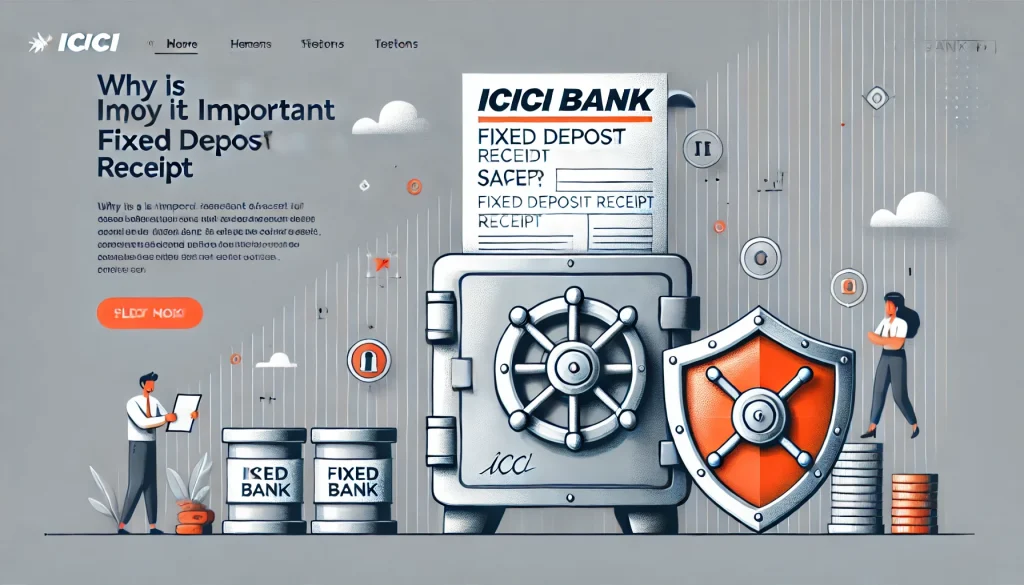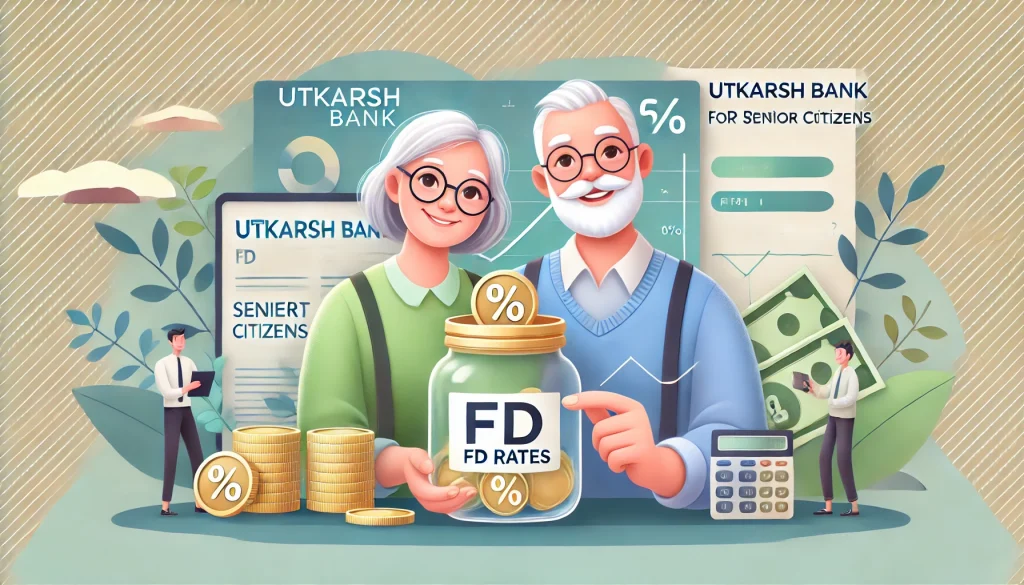
With the ongoing economic uncertainty caused by the pandemic, the risk of bank failures has been going in the red zone. This can worry depositors like us who have put their hard earned money in banks for safekeeping and growth. While banks are considered to be safe institutions, they can also fail due to a variety of reasons, such as mismanagement or fraud. This means, depositors can suffer significant losses.
However, in India, depositors can find some reassurance in the Deposit Insurance and Credit Guarantee Corporation (DICGC), which provides insurance cover in case of bank failures. This agency is a wholly owned subsidiary of the RBI established in 1978. It insures a user’s deposit of up to ₹5 Lakhs. The insured amount is inclusive of both the principal and interest amount.
But, let’s get into the nitty gritty of it. When a bank fails, and how long does it take for depositors to get their money back? What is the process and timelines for getting your money back once the bank files for bankruptcy under DICGC in India?
What Is the DICGC Coverage?
Simply put, DICGC provides insurance cover to depositors in case of bank failures. The insurance cover is limited to ₹5 lakh per depositor, per bank. This includes savings accounts, fixed deposits, current accounts, and recurring deposits. In case a depositor has more than one account with the same bank of the same kind and in the same capacity, all the deposit amount is added up and there is a total cover of ₹5 lakh on the whole amount.
However, if you have different kinds of accounts in a different capacity ( like a joint account holder, as a partner for a firm, guardian to a minor, etc.), then each account insured to a limit of ₹5 lakhs.
What is the Process of Getting Your Money Back Under DICGC?
If a bank in India files for bankruptcy, the DICGC starts the process of settlement of claims of insured depositor. The depositors can claim their insured amount from DICGC by following the below process:
- Step 1: Fill the Claim Form
- The first step is to fill the claim form provided by DICGC. The claim form can be downloaded from the official website of DICGC or can be obtained from the designated officer of the DICGC. The claim form needs to be filled with accurate and complete details of the depositor.
- Step 2: Submit the Claim Form
- Once the claim form is filled, the depositor needs to submit the form to the designated officer of DICGC. The claim form can be submitted in person or through registered post.
- Step 3: Verification of Claim
- DICGC verifies the claim submitted by the depositor. The verification process includes checking the details provided in the claim form with the bank records. The verification process is usually completed within a few weeks from the date of submission of the claim form.
- Step 4: Payment of Claim
- Once the verification process is completed, DICGC releases the payment to the depositor. The payment is usually made through electronic transfer to the bank account of the depositor.
What are the Timelines to Get Your Money Back?
The entire process of settlement of claims by DICGC usually takes around 2-3 months from the date of receipt of the claim form. However, the timeline can vary depending on various factors, such as the volume of claims received by DICGC, the complexity of the verification process, and the availability of funds with DICGC.
It is important to note that deposits held in foreign branches of Indian banks are not covered by DICGC. Additionally, DICGC does not cover deposits in co-operative banks, as they are covered under a separate deposit insurance scheme.
What are the Key Takeaways?
DICGC provides insurance cover to depositors in case of bank failures in India. The insurance cover is limited to ₹5 lakh per depositor, per bank. The process to get your money back includes filling and submitting the claim form to DICGC, verification of the claim, and payment of the claim. The entire process usually takes around 2-3 months from the date of receipt of the claim form.
The backbone of any nation’s economy is its banking sector, and the robustness of this foundation is pivotal to ensure financial stability. However, with a plethora of banks operating across the world, including India, the possibility of some failing cannot be entirely ruled out. As a result, depositors must be well-informed of their rights to safeguard their hard-earned money.


